The Consumer Category
We bring you the chic and unique, the best and most bizarre shopping offers both online and offline. We offer you tips on where to buy, and some of the less mainstream and crazy, individual and offbeat items on the internet. Anything that can be bought and sold can be featured here. And we love showcasing the best and worst art and design.
Behold! The Etch-A-Sketch that can draw perfect circles
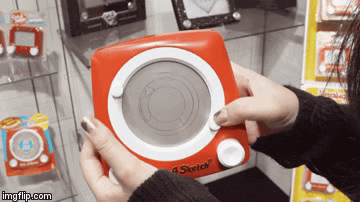
Finally! To mark 60 years of the Etch-A-Sketch, the company behind the drawing toy is releasing The Etch-A-Sketch Revolution, It can draw up and down lines, as ever it could, but also perfect circles. No longer will priapic teenagers be unable draw the human form and its many bits and bobs with hard edges.
Posted: 1st, March 2020 | In: The Consumer | 0 Comments
Smithsonian releases 2.8million images to the public domain
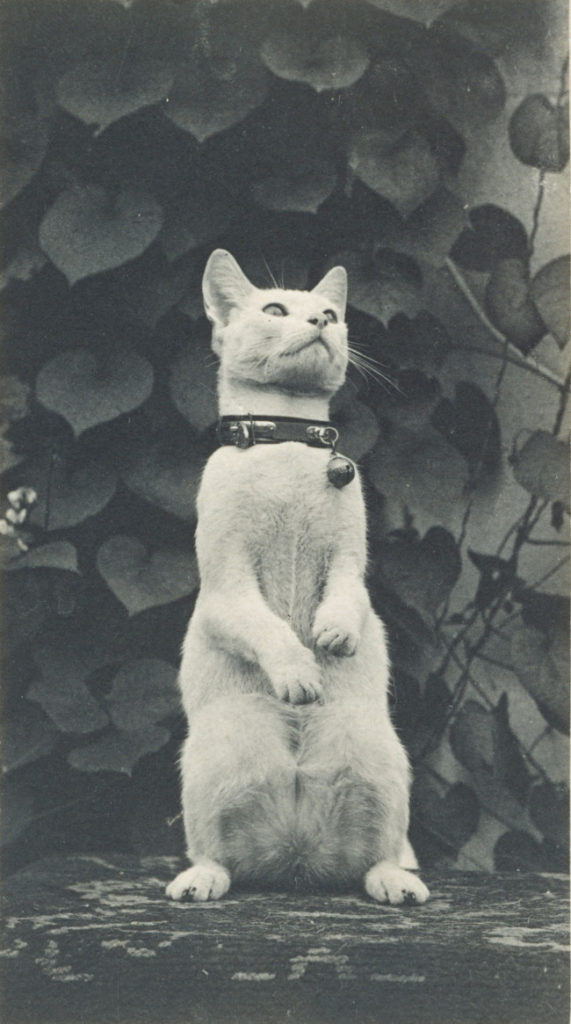
The Smithsonian Institution has released 2.8 million images into the public domain. The open access online platform is free to use and use it however they see fit. Expect to see the very best of them on Flashbak.
“Being a relevant source for people who are learning around the world is key to our mission,” says Effie Kapsalis, who is heading up the effort as the Smithsonian’s senior digital program officer. “We can’t imagine what people are going to do with the collections. We’re prepared to be surprised.”
Image: Cat In The Yard – Thomas Eakins, American, b. Philadelphia, Pennsylvania, 1844–1916.
Spotter: FlashbakShop
Posted: 27th, February 2020 | In: News, The Consumer | 0 Comments
Sekre bags contain ruined letters of note
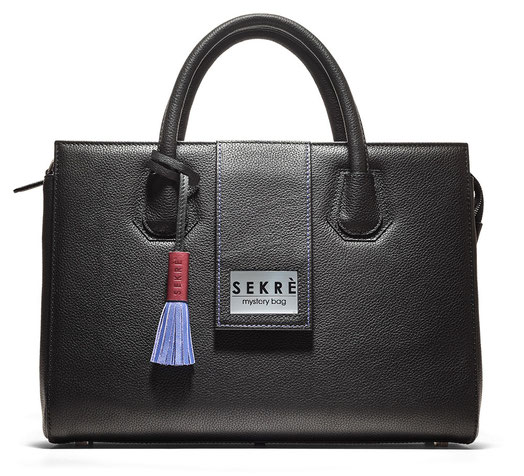
Finally someone had found a use for old paper in the digital world. The Times says a company called Sekrè – tagline: “Every woman needs a secret” – has made handbags from dead animals and old paper, and is charging the knowing a few grand sterling (£2,700) for the privilege of owning a recycled gem.
If you buy one of these bags and you’re secret is “I’m a dickhead” then – get this – the secret’s out. Because that’s not any ordinary paper in your reassuringly expensive posing pouch, like a snotty Handy Andy or a Papa John’s flyer. Each bag features an “authenticated letter by a famous historical figure”. The boffins at Sekrè add part of an artefact to each bag. Letters from the likes of Charles Dickens, Queen Victoria, Giacomo Casanova, Charles Lindbergh, Grace Kelly, Marlene Dietrich and Brigitte Bardot have been ripped up for bag cladding.
For added personalisation Old Mr Anorak says he’ll lob in pair of used pants from the many VIPs who’ve stayed over at Anorak Towers. After all, Sekre is an anagram of REEKS.
Posted: 24th, February 2020 | In: Fashion, News, Strange But True, The Consumer | 0 Comments
Spank the Peacock: The Songbook of Zeghere van Male
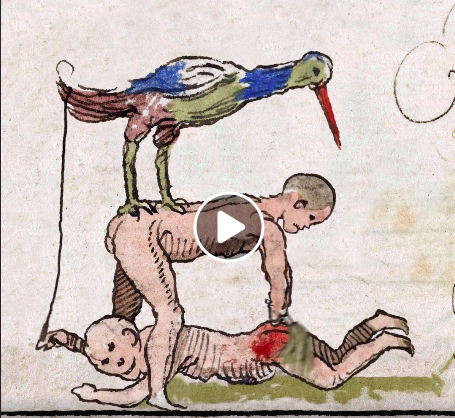
The Songbook of Zeghere van Male, also known by its call number MS 125-128 in Cambrai’s Mediathèque Municipale, consists of four complementary part-books: Superius, Altus, Tenor, & Bass. The chansonnier became part of this public collection after the French Revolution, beforehand it was in the Bibliothèque de Saint-Sépulcre, also in Cambrai.
The MS contains 229 compositions, extremely varied, some of them present only in this source. The special aspect of this manuscript is its marriage of music, art and culture: drawings adorn each folio. Executed by quill and with lively colors the drawings describe realistic scenes of daily life, leisurely activities, and include animals and monstrous creatures, obscene depictions and vegetal decorations. With mixed elements inherited from the Middle-Ages, the Antiquity and the vogue of the grotesque, they are a testimony of the prevailing taste in Flemish civil society in the first half of the 16th century”
Text via here.
Posted: 19th, February 2020 | In: Strange But True, The Consumer | 0 Comments
Dresden: Kurt Vonnegut remembers the World War Two bombing

Kurt Vonnegut (November 11, 1922 – April 11, 2007) survived the allied bombing of Dresden during World War II. It inspired his novel Slaughterhouse Five.
The Allied onslaught on the German’s industrial and transportation hub was brutal. On 13 February 1945, British aircraft began the attack on the eastern German city of Dresden. In less than half an hour, warplanes dropped 1,800 tons of bombs. More then 25,000 people died in the firestorm. “Dresden was one big flame. The one flame ate everything organic, everything that would burn,” Vonnegut wrote. The city became “like the moon now, nothing but minerals. The stones were hot. Everybody else in the neighbourhood was dead.”
In 1983, Vonnegut recalled his time in an underground meat locker as a prisoner of war in Dresden for the BBC – ‘And So It Goes’:
Posted: 13th, February 2020 | In: Books, Celebrities, Key Posts, News, The Consumer | 0 Comments
American Dirt: when critics attack
Jeanine Cummins’ American Dirt is the hottest book you haven’t read. Reportedly bought for a seven figure sum, the work hailed as the “Grapes of Wrath for our times” by someone in the know tells the story of a Mexican mother and her son who escape the drugs cartels. Sounds great. But not everyone’s a fan:
The publisher of the controversial novel American Dirt has canceled the remainder of the author’s book tour as critics and many in the Latinx community criticize the book for its portrayal of immigrants.
In a statement Wednesday, Flatiron Books president and publisher Bob Miller acknowledged the controversy surrounding the novel and its author, Jeanine Cummins, and said they decided to cancel the tour because of “specific threats,” including that of physical violence, that have been made against her.
Salman Rushdie is over here…
Posted: 30th, January 2020 | In: Books, News, The Consumer | 0 Comments
Aviva treats every customer just like ‘Michael’

Cheap words at insurer Aviva, which undid the pretence that letters are tailored to each individual customer by addressing thousands of missives to just one: ‘Michael’.
The boss doesn’t sit on a big chair dictating a new letter for each customer. Someone in marketing simply cooks one up and a machine guffs them out. Aviva tells us: “We sent out some emails to existing customers, which, as a result of a temporary technical error in our mailing template, mistakenly referred to customers as ‘Michael’.”
We tell them it’s time to bring back the typing pool.
Posted: 28th, January 2020 | In: Money, News, The Consumer | 0 Comments
Whodunnit? Ham sandwich posted through letterbox in Wisbech
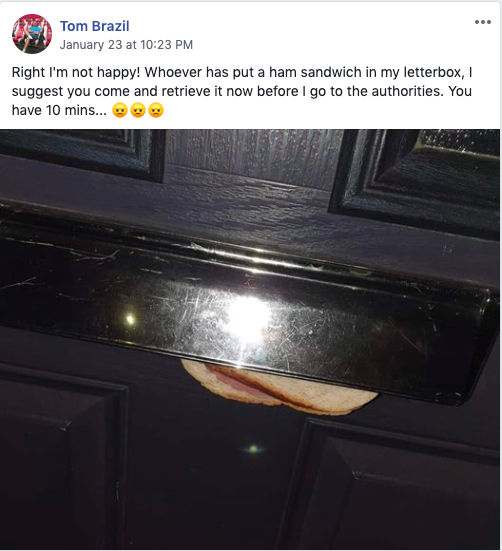
On the Wisbech Discussion Forum news: who posted a ham sandwich through a man’s door? “Right I’m not happy!,” says Mr Brazil. “Whoever has put a ham sandwich in my letterbox, I suggest you come and retrieve it now before I go to the authorities. You have 10 mins…”
Two days on, nothing…
File under: spam.
Spotter: Facebook
Posted: 25th, January 2020 | In: Strange But True, The Consumer | 0 Comments
28 animals you can eat at China’s Wuhan Market
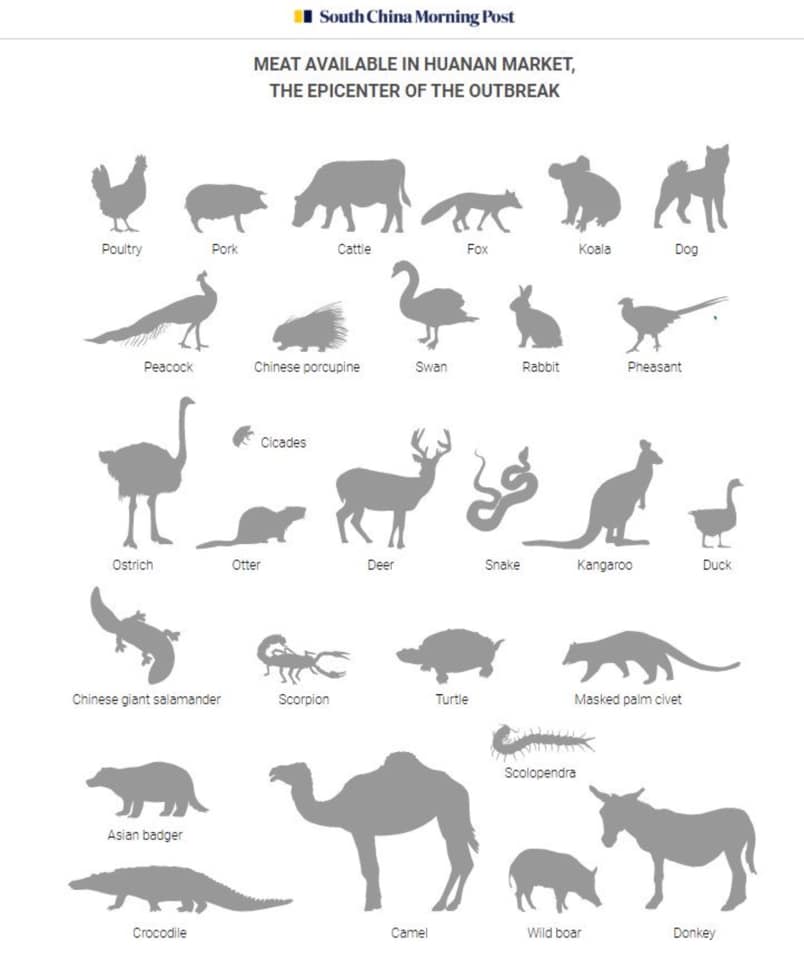
These are the 28 animals identified by the South China Morning Post for sale at the Huanan (Wuhan) market in China. Many animals do not feature. And the thinking is why not? If you can eat camel and donkey, why not llama or flamingo? And are Hoxton’s hipsters lagging, sticking to ostrich, emu and crocodile when those food-forward Chinese are dining on Asian badger, otter and scorpion? As the West weeps over footage of the burnt Australian wildlife, are Chinese sympathies fogged by the scent of roast koala?
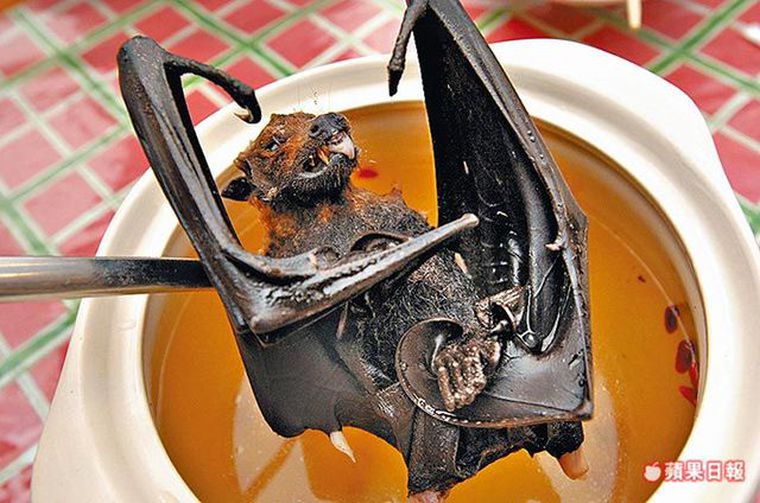
Some science suggests the coronavirus spreading in China started in bats served at the aforementioned Wuhan market. Analysis shows the virus’s genetic makeup is 96% identical to that of a coronavirus found in bats. “I would be very surprised if this were a snake virus,” says Timothy Sheahan, a virologist at the University of North Carolina. Bats were also the ultimate source of SARS, scientists believe.
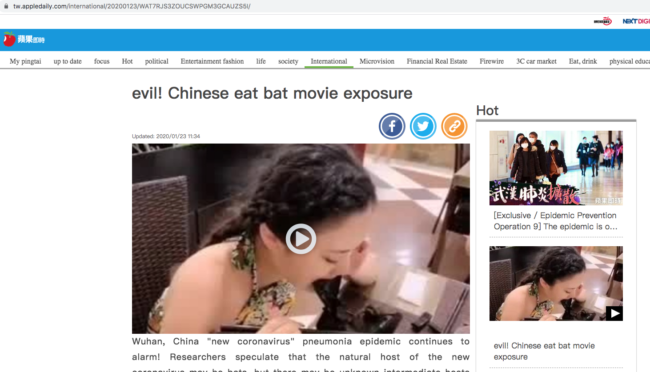
“evil! Chinese eat bat – movie exposure, ” says a headline to an Apple News story shared by the Daily Mail. The video features a woman eating bat soup. Why eating bat should be evil and, say, eating newborn lamb the stuff of daytime telly cooking shows and Easter treats is moot, moreover eating kangaroo testicles for slots of entertainment dished up between ads for insurance, holidays and mobile phones?
But war with the bats has begun. And you need to pick sides. (I’ll have a side of chicken wings and foie gras.)
Posted: 24th, January 2020 | In: Key Posts, News, The Consumer | 0 Comments
Italian street artist Blu creates animated graffiti mural
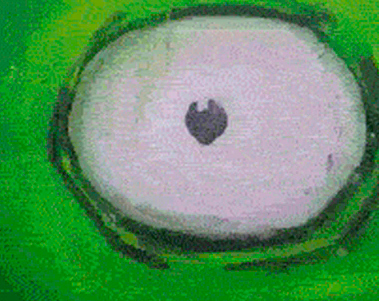
Italian street artist Blu has been enlivening Bologna since 1999. In Big Bang Big Boom, Blu gives us a “short animated story about evolution and consequences”.
Buy gorgeous Art Nouveau posters here.
Spotter: Kottke
Posted: 20th, November 2019 | In: Music, News, The Consumer | 0 Comments
How to buy drugs on the Dark Web

Jason Kottke directs us to an article on the London Review of Books by Misha Glenny (DarkMarket: How Hackers Became the New Mafia) and Callum Lang called How to Buy Drugs. If you need to ask, right? It gets really interesting when they investigate customer service on the so-called Dark Web:
The internet has dramatically improved the experience of drug buyers. The market share of a dark web outlet depends almost entirely on its online reputation. Just as on Amazon or eBay, customer reviews will describe the quality of purchased products as well as reporting on shipping time and the responsiveness of vendors to queries or complaints. If drugs that a buyer has paid for don’t turn up — as once happened to Liam, the Manchester student — a savvy vendor will reship the items without asking for further payment, in the hope of securing the five-star customer reviews they depend on.
As a consequence, the drugs available to the informed buyer are of a higher quality than ever before. They are also safer. The administrators of DNStars.vip — a site on the open web which you don’t need Tor to visit — pose as ordinary users in order to buy samples of popular drugs from major vendors. They then have the drugs chemically tested to see whether they match the seller’s description.
Kottke points to how technology means cheaper and ‘better’ drugs for the buyers but a lot of unpleasantness making it happen that goes unseen. I;d argue that it depends what you’re buying: a bag of marijuana from a small, domestic grower or a pound of cocaine?
Posted: 13th, November 2019 | In: Key Posts, News, The Consumer | 0 Comments

